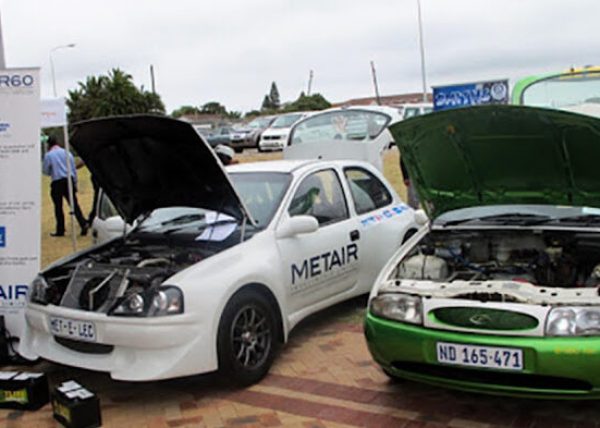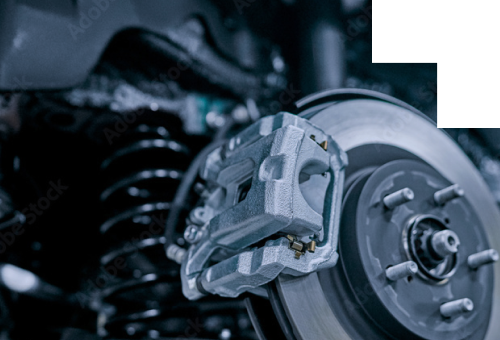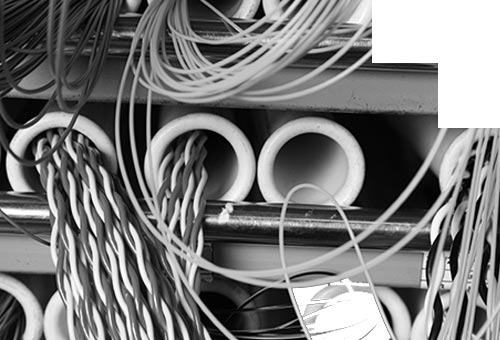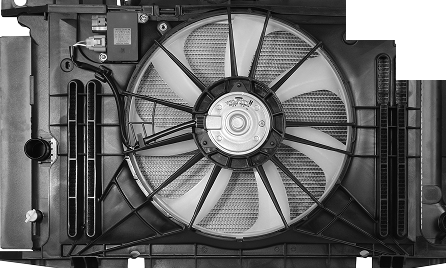News
Home / Metair changes gears to take the growth road
Metair changes gears to take the growth road

New strategy targets expansion and diversification in the automotive sector
The new strategic direction of automotive components and battery manufacturer Metair is made clear in its revamped reporting segments. Previously divided into “Automotive Components” and “Energy Storage”, the company now differentiates by market rather than product, with “Automotive Component Manufacturing” and “Aftermarket Parts” as its two primary divisions. This shift reflects a broader strategy aimed at growth and diversification in a complex automotive landscape.
Automotive Component Manufacturing caters to original equipment manufacturers (OEMs), which are automakers that produce vehicles under their own brand names, such as Toyota, Ford and Volkswagen. OEMs rely on companies such as Metair to supply essential components for newly manufactured cars. In contrast, the aftermarket segment serves vehicle owners and repair shops, providing replacement parts for maintaining and repairing vehicles after they leave the dealership.
Despite contributing only 26% of Metair’s turnover, the aftermarket business is expected to grow after the company’s acquisition of AutoZone in December 2024. AutoZone, a leading distributor and retailer of automotive parts in South Africa, had been struggling due to debt incurred in a 2014 leveraged buyout. Metair’s management is confident that with better working capital investment, the business can be revitalised and contribute meaningfully to the group’s bottom line.
The case for investing in the aftermarket is compelling. South African consumers, many under financial strain, are holding onto their vehicles longer, driving demand for replacement parts. Data from WeBuyCars, for example, shows that the average age of used vehicles sold on its platform is nine years. Metair sees similar opportunities across the broader African market and is looking to expand its footprint by partnering with local players.
Whether the AutoZone acquisition aligns well with Metair’s existing operations remains uncertain. While batteries and brakes offer obvious integration opportunities, the company’s 2024 results presentation only mentions “identifying” and “exploring” synergies, indicating that more progress is still to come.
This uncertainty is heightened by the nature of Metair’s other businesses, such as Hesto Harnesses, which accounted for a third of group revenue and more than half of group profits in 2024. Hesto manufactures wiring harnesses – bundled electrical cables that connect various components within a vehicle – for OEMs. This product has limited applicability in the aftermarket, as most harness replacements usually occur within warranty.
- South Africa’s automotive industry operates within a structured incentive framework that benefits OEMs more than the aftermarket. The government provides incentives and rebates to OEMs that source components locally, ensuring a level of protection for domestic suppliers. No such support exists for aftermarket parts, leading many retailers to import cheaper alternatives.
- Furthermore, OEM agreements often prevent their suppliers from producing identical parts for the general market, restricting the aftermarket to warranty-based repairs. As a result, while 40% of the components in locally produced vehicles are domestically sourced, only 20% of the aftermarket consists of South African-made parts. This suggests AutoZone’s distribution network won’t be a major sales channel for Metair’s manufactured components.
Metair’s push for diversification comes at a time when its OEM-linked business faces headwinds. New vehicle sales in South Africa and Europe are under pressure due to weak economic conditions and increasing competition from Chinese automakers. While some Chinese manufacturers might eventually establish production facilities in South Africa, much uncertainty remains, particularly regarding export volumes. OEMs in South Africa export two-thirds of their production, mainly to Europe — a dynamic that could shift as global trade patterns evolve.
OEMs in South Africa export two-thirds of their production, mainly to Europe — a dynamic that could shift as global trade patterns evolve.
Another challenge is Metair’s battery business, represented by First Battery in South Africa and Rombat in Romania, which collectively contribute 26% of group revenue. Traditionally, Metair has thrived as a local maker of lead-acid batteries, a relatively small cost component in internal combustion engine (ICE) vehicles. However, the rise of battery electric vehicles (BEVs) is disrupting this market.
In ICE and hybrid vehicles, lead-acid batteries have been used to power auxiliary systems such as lights, infotainment and electronic controls. While some BEVs still use small lead-acid batteries, there is a growing trend towards using lithium-ion batteries for both propulsion and auxiliary power. This shift, enabled by DC-DC converters that step down voltage from the high-voltage traction battery (400V-800V) to 12V, reduces weight and cost while aligning with environmental goals.




